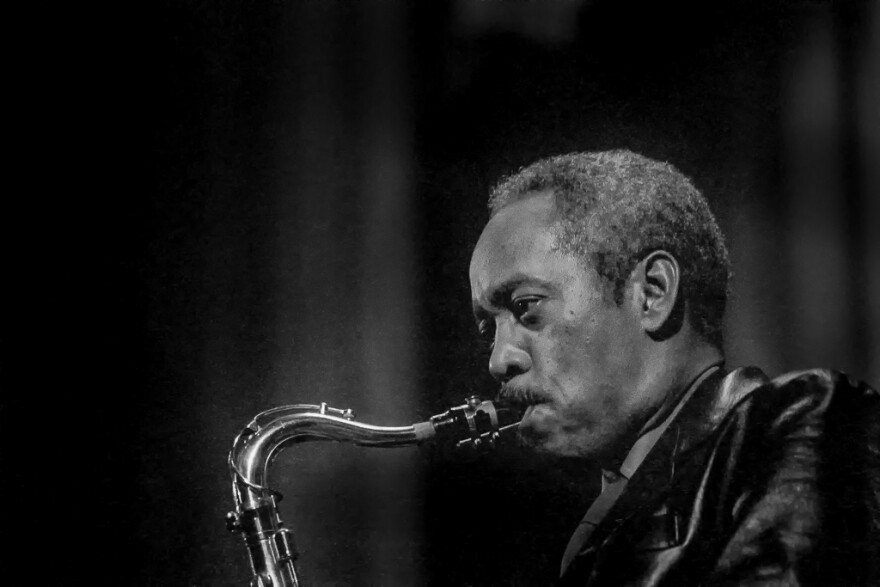Some folks choose their parents well—and if they are products of outstanding parents, the offspring may follow in their footsteps and duplicate their success. A fellow named Edward “Sonny” Stitt was blessed with relatives steeped in music; he followed their lead and became a legendary jazz musician.
In 1957, "People Will Say We're In Love" from Sonny Stitt with The New Yorkers:
Stitt’s father was a singer, composer and college professor, and his mother and brother were pianists. He was seemingly set up to be a musician. But Stitt must have inherited his talent from his family members through osmosis, and did so early on.
For whatever reason, he was given up for adoption soon after being born to the Boatner family in Boston, and adopted and raised by the Stitt family in Saginaw, Michigan. The Boatner talent, however, was in the genes, as Stitt began piano lessons at age seven. He later took to the clarinet, and finally made the alto saxophone his favorite.
He needed little encouragement to practice and become the caliber of musician he became. He was known among his peers for a strong work ethic, a man who worked tirelessly at his craft and was a strong jazz advocate. Over his career, he recorded scores of albums under his own name, to say nothing of those in which he served as sideman.
Stitt adopted the name “Sonny” and while in school, turned professional and played in a local swing band. A few years later at age 19, he landed a job with Tiny Bradshaw’s band. During the band’s engagement in Kansas City, Stitt met his saxophone idol, Charlie Parker, who invited him to sit in on a jam session to which Parker was headed. After hearing Stitt play for a while, Parker turned to him and said, “You sound like me.”
As Parker became world famous, almost every jazz alto saxophonist was branded by critics and writers with the Parker sound-alike stamp. Stitt suffered under the association for some years, but still managing to carve out a magnificent career playing both alto and tenor saxophone. His frequent use of the larger horn did much to make the critics finally observe that he was master of both horns, was mostly Sonny Stitt and very little Charlie Parker. But Stitt revered Parker, and had been quoted more than once saying, “There was never anyone like Charlie Parker, and would never be another like him.”
Much like Parker, Stitt could run in a flurry of notes, stop on a dime if he chose, and then massage the heart with a tender ballad. His up-tempo work was not just fast, it was meaningful, and his ballads beautiful.
?list=RDyC4P4B2kl4Q
Over the years, Stitt made music with a great number of jazz greats, and when he became a jazz titan, some of the jazz greats with whom he’d performed, must have been heard to say, they had shared the stage with Sonny Stitt.
During the last several decades of his career, Stitt traveled pretty much without a rhythm section, preferring to pick up sidemen in the various cities he played. Jazz critic Dan Morganstern dubbed him the “Lone Wolf,” because he toured alone, and for his dedication to jazz.
Many Philadelphians who were around in the middle of the last century and into jazz, surely must recall Stitt and Gene Ammons bringing “Battles of the Saxes” to the old Showboat at Broad and Lombard Streets. These were knock down, drag out sessions with both men pulling out all the stops, in friendly and entertaining sax duels as cheering patrons egged them on.
Both Stitt and Ammons suffered addiction to heroin. Stitt also began to drink heavily, but he successfully kicked both habits after suffering seizures. He remained clean after “coming back from the dead,” as he once put it.
Edward “Sonny” Stitt was born February 2, 1924 in Boston Massachusetts, and passed away July 22, 1982 at age 57 in Washington, D.C. He was inducted into the Jazz Hall of Fame in 1989.


